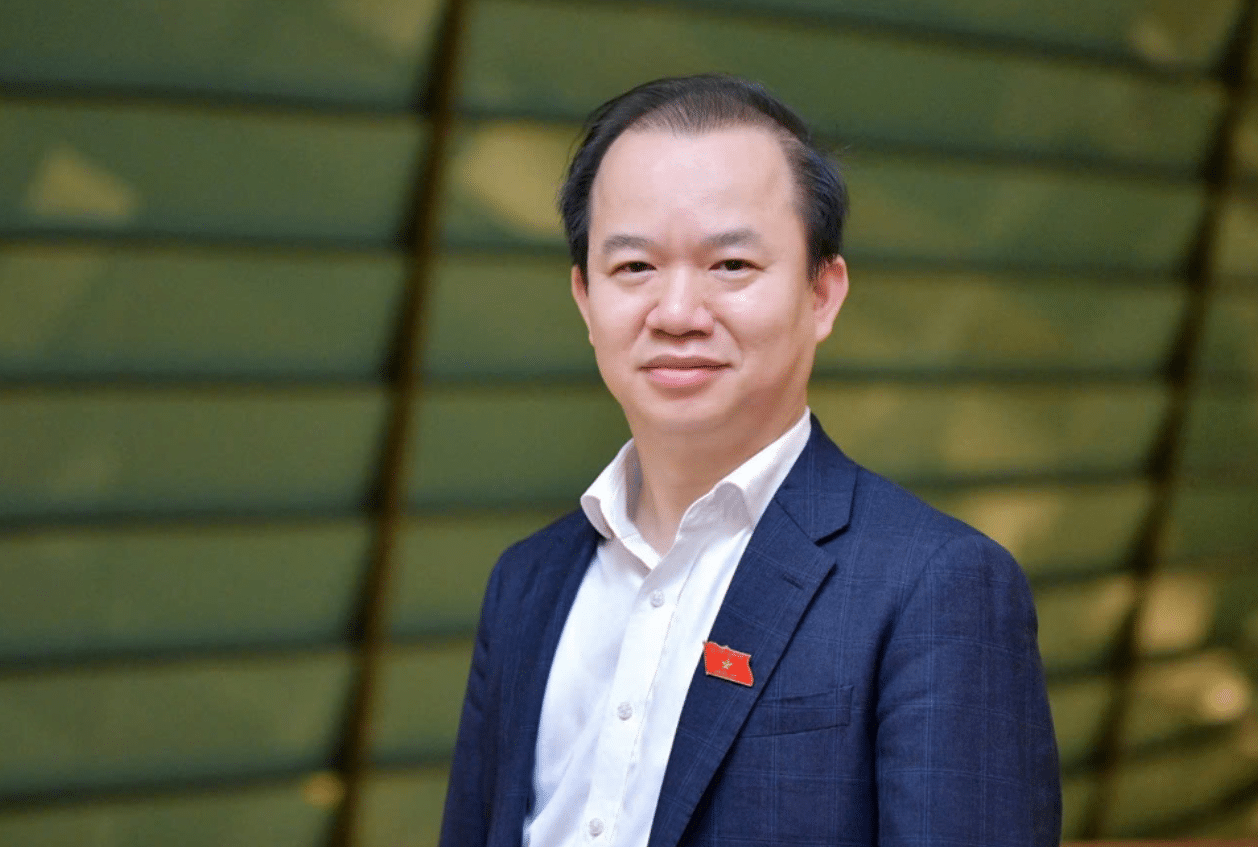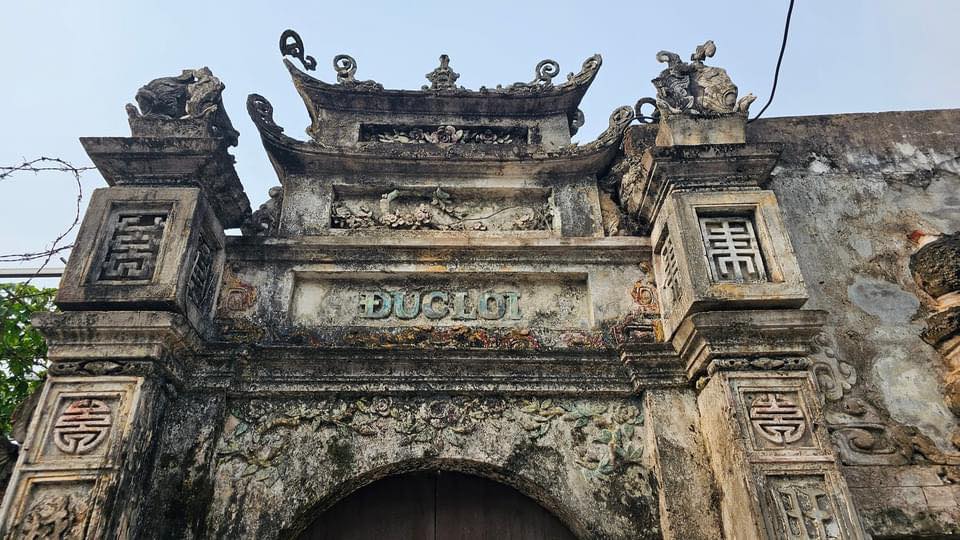On the occasion of the 70th Anniversary of Hanoi’s Liberation and the 10th Anniversary of Dong Thanh Communal House being recognized as a historical and cultural relic, the Hang Bo Ward People’s Committee (Hoan Kiem District) has organized a memorial incense offering ceremony for the death anniversary of Duc Thanh To Huyen Thien Thuong De, along with a ceremonial water procession from the Thang Long Imperial Citadel to Dong Thanh.
Hidden within Hanoi’s bustling Old Quarter, Dong Thanh Communal House stands as a testament to the city’s rich history and vibrant culture.
Located at No.7 Hang Vai Street in Hang Bo Ward, Hoan Kiem District, this revered site, also called Hang Vai Communal House, serves as a place of worship dedicated to Saint Huyen Thien Tran Vu (Zhenwudadi), a figure deeply rooted in Taoist tradition.
Dong Thanh Communal House has a storied history, originally serving the twin villages of Dong Thanh and Dong Thanh Thi. The two villages were then merged into one during Emperor Minh Mang’s reign (1820-1840), forming a unified Dong Thanh Village.

The communal house is home to numerous invaluable relics. Among these is a bronze statue of Saint Huyen Thien Tran Vu, depicted in a meditative pose. His left hand performs a symbolic gesture, while his right holds a sword coiled by a snake and supported by a turtle, mirroring the iconic statue at Quan Thanh Temple in Tay Ho District.
The relic also boasts eight stone steles from the Nguyen dynasty, chronicling its construction, renovations, and the contributions of benefactors.
Nine imperial decrees, horizontal lacquered boards, and intricately crafted parallel sentences further enhance its historical significance.
During the winter of 1946, as Hanoi engaged in 60 days and nights of fierce combat at the start of the National Resistance War, Dong Thanh Communal House played a vital role.

It served as an ambulance station for Military Region I, highlighting its strategic importance during a critical period in Vietnam’s history.
After over two centuries, the communal house had fallen into disrepair, doubling as a municipal office and housing for 12 families.
Recognizing its cultural significance, the Hanoi government embarked on a mission to restore the site. In October 2011, local authorities relocated residents and administrative offices to pave the way for restoration, which began in April 2013 and concluded in June 2014.
The restoration team carefully preserved the traditional architectural elements of the communal house, ensuring that its historical essence remained intact.
In October 2014, the Hanoi People’s Committee designated Dong Thanh Communal House a city-level historical, architectural, and artistic relic.
Today, Dong Thanh Communal House spans an area of 460 square meters, serving as both a sacred place of worship and a destination for tourists seeking a deeper connection to Hanoi’s cultural heritage.

According to Le Minh Duc, Chairman of the Hang Bo Ward People’s Committee, the communal house holds untapped potential to enhance local tourism.
“By promoting Dong Thanh Communal House, we not only preserve its architectural and cultural significance but also create opportunities for economic development through tourism,” he said.
Nguyen Duc Tien, director of Dong Thanh Communal House, echoed these sentiments. He emphasized the role of community engagement and educational events in fostering a sense of shared responsibility for heritage preservation.
“This communal house is not just a relic of the past; it’s a bridge to the future. Events here can unite the community while teaching younger generations about the importance of protecting our cultural legacy,” he said.

Beyond its religious and cultural significance, Dong Thanh Communal House represents the resilience and ingenuity of Hanoi’s people.
As a symbol of the city’s historical and cultural evolution, it connects modern visitors with the spirit of the past.
For locals and tourists alike, this site offers a unique glimpse into Hanoi’s soul – a place where heritage, community, and history come together in harmony.





